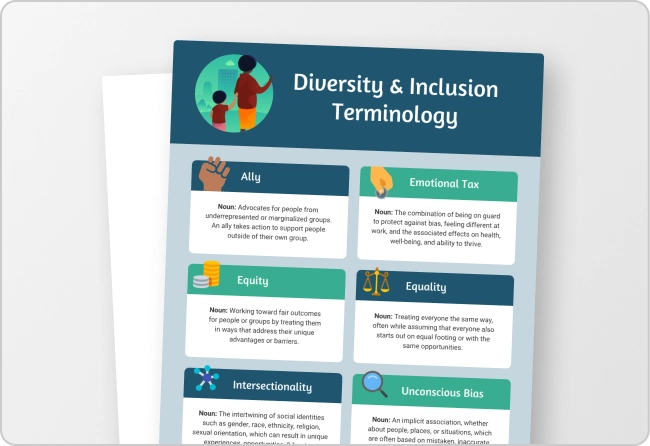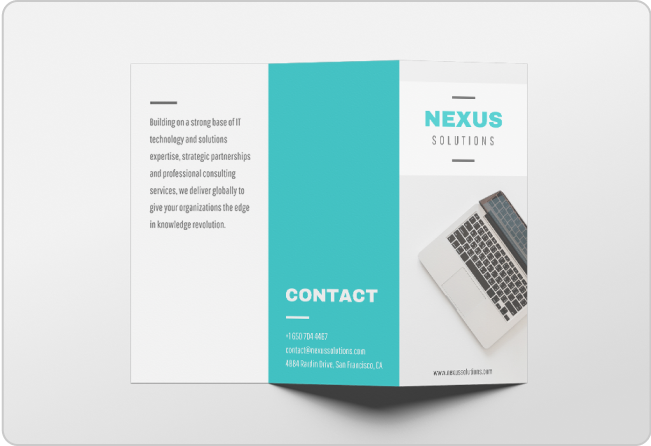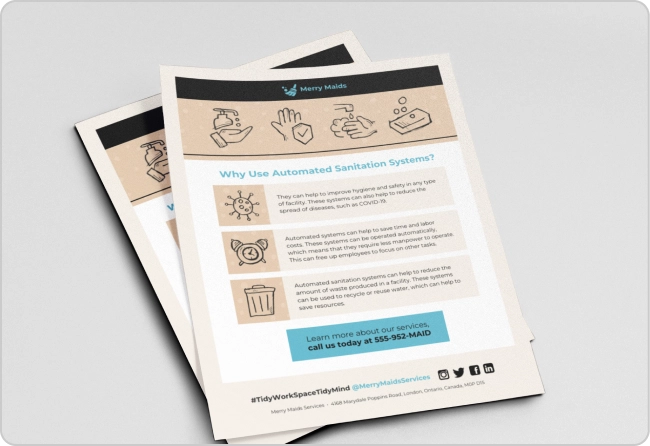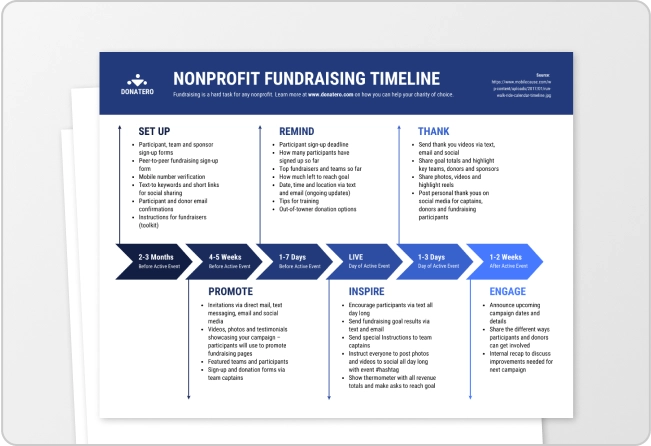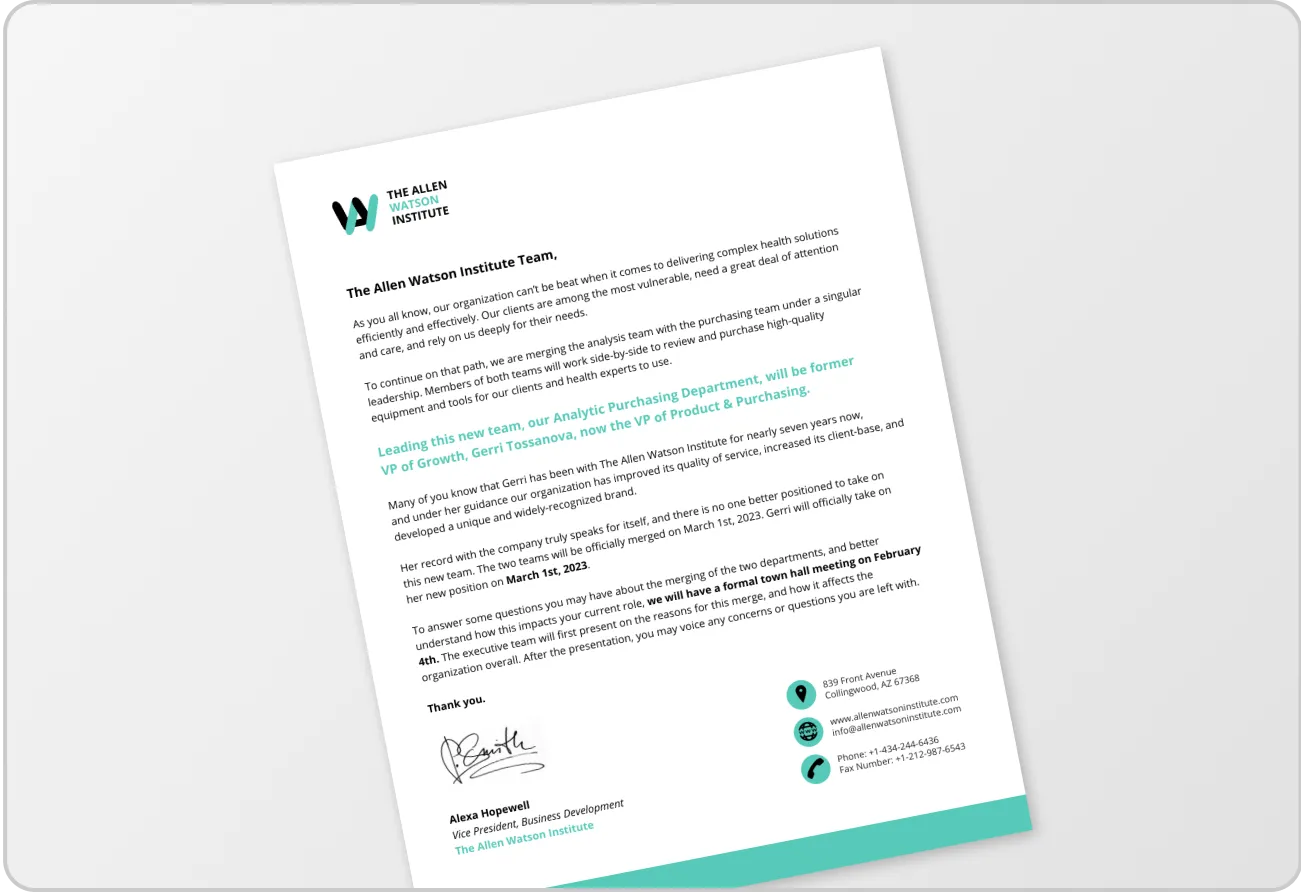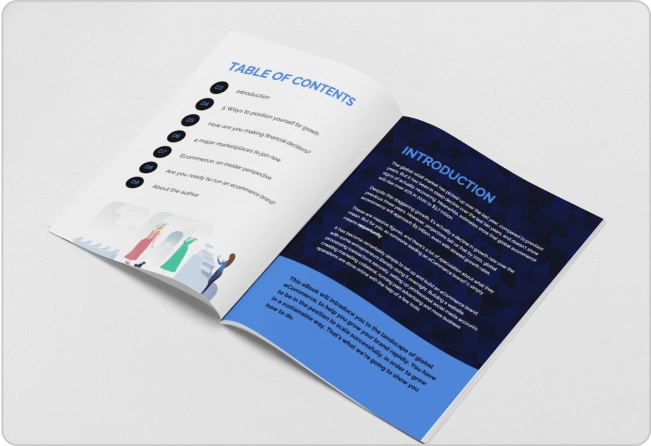Megan Hicks is a content manager at WriteThisEssay writing company. She loves creating beautiful data-rich infographics.
One of the biggest mistakes that marketers make when promoting visual content is failing to create an effective outreach strategy. When trying to get an infographic seen, you are competing with over one billion active Facebook users who are online every single day. Use this guide to write a strategy that ensures that you stay ahead of rivals in the infographic promotion race.
Make Your Data-Rich Image “Viral-Ready”
The first step after creating your infographic is to ensure that the image is viral-ready. This means that it is highly shareable. Your website should already be set up with social sharing buttons that contain a call-to-action somewhere nearby. If not, you can simply reference the buttons in the body of your page content and ask for shares. This ensures that visitors help you spread the content across their own social media platforms. Most highly viral content has more than one set of social sharing buttons on each page.
Once your visitors start sharing your content, you want it to be setup for optimal re-shares. Pay attention to the alt tags in every infographic, including targeted keywords. If you plan on sharing on Pinterest, I’ve found that it’s best to include engaging and descriptive text along with some relevant hashtags to ensure that people see the image in searches. Make sure that your alt tags are optimized for the platforms that you plan on targeting.
Never publish an infographic until it is completely viral-ready.
Conduct Thorough Research
Before anything else, you have to do your research. Each social sharing platform must be studied, and data must be available to apply practical optimization techniques for any given type of content. Try to find studies on social media specifically, as well as the category of information you are sharing. Google Scholar is a great place to find peer-reviewed articles on a broad range of topics, many of them available for free or at a small fee.
For example, Winston Salem State University conducted a study on The Utilization of Twitter by Drivers in a Major Racing Series. If you were considering an outreach campaign for a motorsports related infographic, some of the data cited here might come in handy. Studies like this will also give you credible information that you can cite in your content.
Plan a Targeted Outreach Strategy
At this point in the race there will be several stages of planning. You need to know your target audience and approach all outreach tactics with them in mind. Is your market spending time on Facebook, Pinterest, Twitter, or another, more obscure site? Think about what appeals to your biggest fans and how you can convert random viewers into loyal patrons.
Once you have a plan set in place, with actionable steps to carry it out, set a time in the near future for evaluation. Take a look at which parts of your plan are working well, and which ones need improvement. Improve the areas that need it, and make appropriate changes in your plan. If you are working with an outreach or marketing team, it is important to brief everyone on the initial plan and each subsequent change.
A great example of this is the time we at Write This Essay executed a crowdfunding campaign for a client, using a video and infographic as our main outreach ads. The video was an explainer wherein the client shared his vision, and the infographic showed how the product would add value to new customers and funders. We set separate strategies for each piece of content.
The infographic strategy included targeted social media sharing, multiple directory submission, and niche blogger interest generation. The SMM and directory submissions generated traffic but, after a few days, we still weren’t seeing a lot of engagement from bloggers. What we found was that we were targeting the wrong niche. We had to adjust the blogger outreach portion of our plan, and send a memo out to everyone, including those working on this part of the project.
The changes went into effect immediately, and we started over, targeting a different group of writers entirely. After just one day, we started receiving traffic from several blogs and their social media shares gave us just the boost we needed to reach our goals.
Look for Places to Share Your Infographic
At some point in your plan, there will be a scheduled time to post your infographic. But where will you post it? Have you explored all of your sharing options?
If you have a high-traffic Facebook page, advertise the image there. If your Twitter account has thousands of followers, make tweeting about your new infographic a priority. As far as social sharing goes, the best place to share seems to depend on the amount of traffic that profile already receives as well as whether or not the audience is likely to be interested in your information. For example, sharing a marketing infographic on a profile dedicated to your love for cats might not get much engagement. Be discerning here.
If you’re starting a new social media account, you can try hashtags and keywords to show up in searches, but that shouldn’t be your primary means of outreach. Instead, direct people to these accounts while generating infographic traffic.
Don’t forget these four excellent places to share your information:
1. Infographic and niche-specific directories
There are thousands of directories on the web, many geared toward infographics specifically, and others geared toward your niche. Check out Modern Marketing Partners’ list of the top 20 free infographic directories. These are great sites to submit your content. Include directories in your infographic outreach strategy. Make a list of the best ones for your graphic based on subject matter and industry.
2. An email newsletter (yours or someone else’s)
Do you have a hefty email list? Make sure to send your infographic out to each of your contacts that might find it useful. If your list is still small, don’t fret. You can take advantage of other people’s email lists by asking influencers to share for you. There are limitless paid and free options for this. Someone in your network might share your design for a content trade or a small fee on their own blog or email newsletter. Explore all the options you can think of.
3. Stumbleupon
One commonly overlooked platform for sharing all kinds of content is Stumbleupon. I’ve personally seen traffic increases up to 800% within 24 hours just by sharing valuable content on here. If people like your infographic, Stumbleupon will keep sharing with more and more viewers. There are plenty of infographics on Stumbleupon with millions of views from this platform alone.
4. Pinterest
Each time a pinner saves or likes your infographic, it is visible to all of their followers. You can get thousands of views this way, especially if you have an active Pinterest account. If you don’t have a Pinterest account yet, and you don’t think it would be worth the time to set one up, you can ask other members to share on their accounts. Simply add the Pin button to your social sharing plan or check out a site like Fiverr for leads on people who will share your infographic with their fellow pinners.
The Light is Turning Green
You’ve made it to the starting line. You should have a thorough understanding of how to generate heavy traffic to your next infographic. It’s time to start creating your winning infographic outreach strategy. Ready, set, go!
<a title="Infographic: Outreach Using Infographics | Venngage" href="https://venngage.one/blog/olympics">
<img src="https://venngage.one/wp-content/uploads/2015/12/InfographicOutreach.png" alt="Infographic: Outreach Using Infographics | Venngage" /></a>
Infographic: Outreach Using Infographics | <a href="https://venngage.one" style="color: #C7C5C5; text-decoration: none; font-style: italic;">Infographics </a>






























